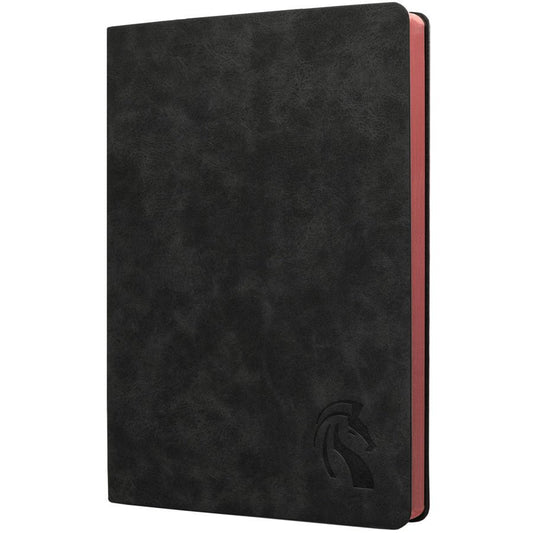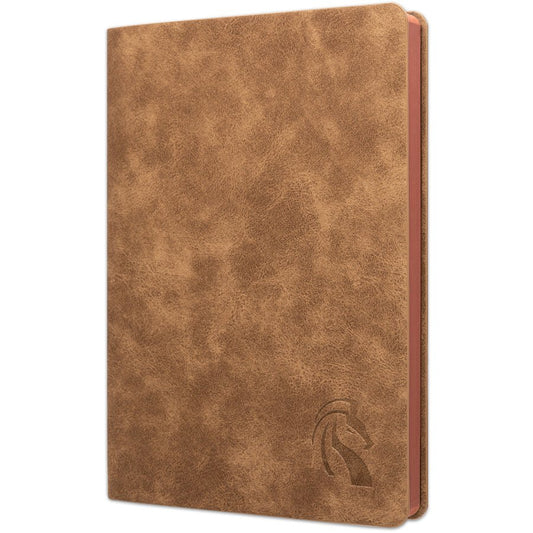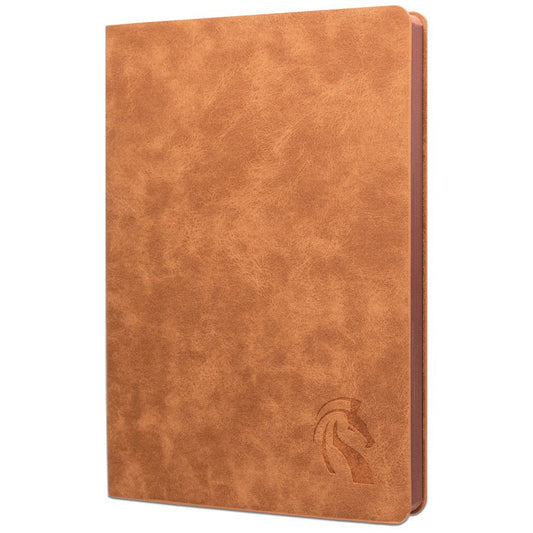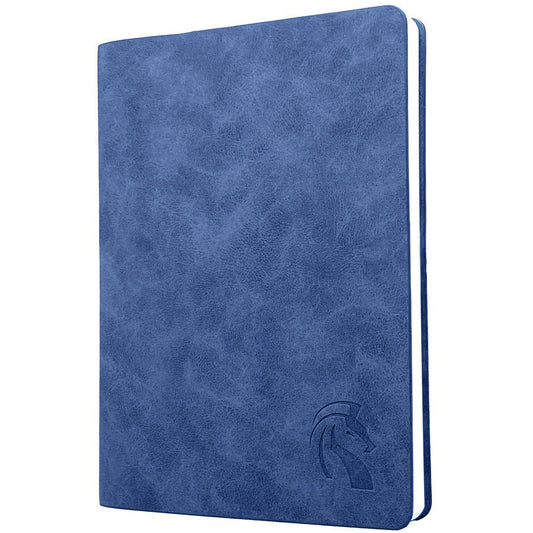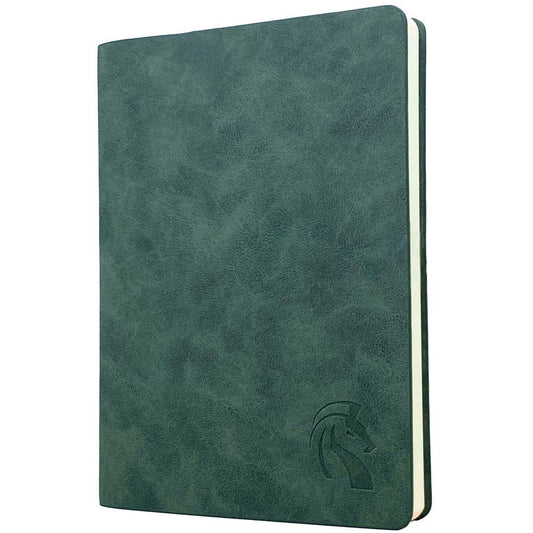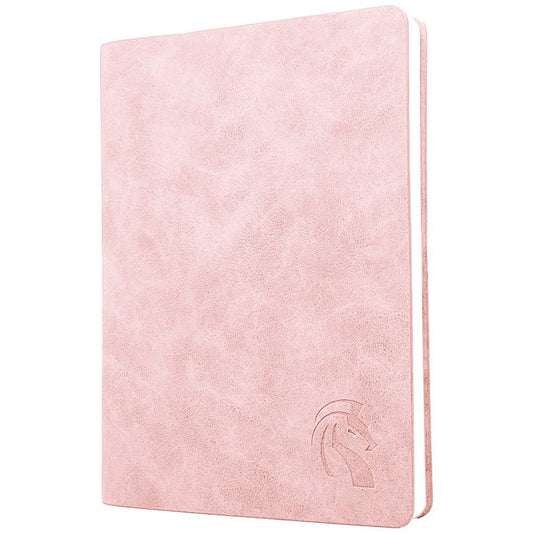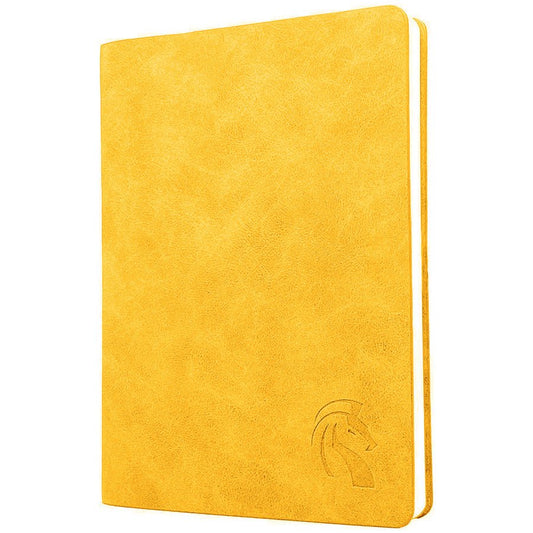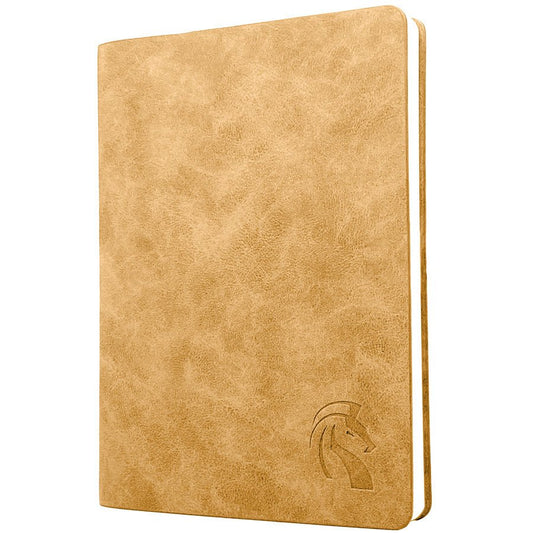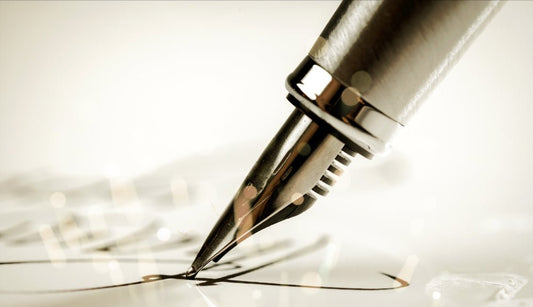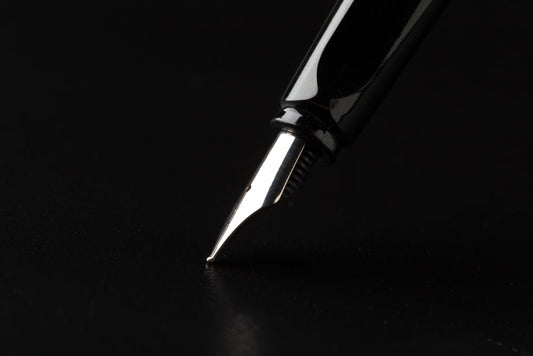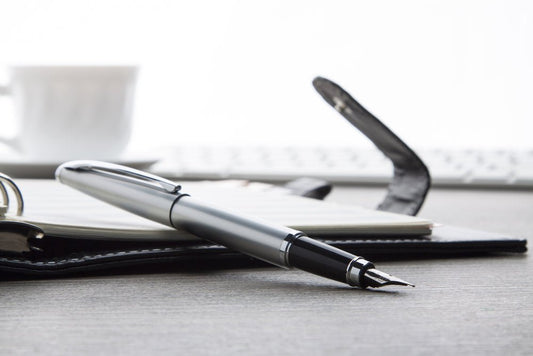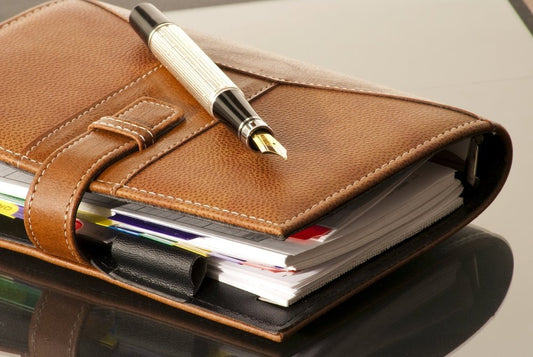
In a five-part guide I put together last year, "The Best Paper for Everyday Writing," I discussed the products I use most frequently in my line of work and gave my recommendations for each category. There were various notebook types available, such as those with hard covers, soft covers, spiral bindings, pockets, and looseleaf paper. Today I'd want to take a step back from the particulars and share some brand-neutral, overarching thoughts on paper.
Lots of people ask me to recommend a nice fountain pen-friendly paper brand. The answers to such queries are notoriously elusive due to two factors: (1) the subjective nature of the term "fountain pen friendly," and (2) the fact that different companies utilize different types of paper for their goods, some of which are optimized for use with a fountain pen. Write Notepads, for instance, typically uses paper that is ideal for fountain pens in their ordinary products but switches to a different paper quality for limited editions like the "Engineer" series. I've wanted to make this kind of information accessible on the web for a long time, and I know it hasn't been easy.

What are the bare minimum requirements for me to publicly endorse a product as "fountain pen friendly paper?" My criteria are straightforward: No fountain pen nib suitable for everyday use will bleed through or feather. (My standards may be lower than average because I primarily use my paper for drafting and notetaking as opposed to sketching, wet ink samples, or flex-nib calligraphy.) In addition, I don't give much thought to how the paper highlights ink color or other qualities like shine and saturation, however dry time is sometimes a consideration when deciding which paper to use (i.e., quick notes). Based on my own experience using various fountain pens on their papers, I've categorized key paper companies into "Tiers" below. For the avoidance of doubt, this is NOT a judgment on the general quality of their products, but rather a guide to how well, in my experience, different companies' paper tends to hold fountain pen ink. While it may come as a surprise to some that Field Notes is classified as a "Tier Three" company, considering that they specialize in pocket notebooks, their target market is not people who prefer to use a fountain pen with a stub nib on a daily basis. I offer Field Notes in my store and use them very frequently, however I never use a fountain pen when writing in them.
The FIRST RANKING
If I rate a firm as "Tier One," it indicates that you can trust the brand name alone when buying their products to provide you with a satisfying experience when using a fountain pen.
Clairefontaine.
Clairefontaine is, in my opinion, still the benchmark. Clairefontaine's 90g coated writing stock makes their pads and notebooks suitable for use with not only fountain pens but also any other type of ink. I prefer and highly suggest this paper since not only is it reasonably priced for high-quality paper, but it is also my go-to option.
Midori.
The "MD" and "Cotton" series are both excellent with fountain pens. The paper, especially the cotton variety, is more absorbent than Clairefontaine and dries faster, in my experience. Refills for the ubiquitous Traveler's Notebook brand often feature Midori MD paper.

River Tomoe is the subject of this metaphor. This ultra-thin Japanese paper, produced in two weights (52g and 68g), has developed a devoted fan base. It is still among the greatest writing papers, despite a recent change in formulation that, from what I've heard, altered the paper's texture and the way some inks looked when applied to it. While the producers work out the kinks in production, you can find this paper in notebooks made by companies like Traveler's Company ("Lightweight Paper" refill), Nanami Paper, Lochby, Atelier Musubi, and Odyssey Notebooks (among others).
Mnemosyne of the Maru.
High-quality paper offered in a range of sizes and binding options (spiral-bound books and pads). Mnemosyne notebooks are a popular option for folks in the workplace who want flexible paper for filing or scanning notes due to the notebooks' perforated pages and ability to absorb fountain pen ink.
As light as a Cosmo Air. When Tomoe River paper altered its formula, fans turned to this ink-friendly alternative. It has a comparable feel to 68g Tomoe River, but perhaps has a touch more texture and feedback. Cosmo Air Light is Atelier Musubi's flagship paper, and while it was previously only available in looseleaf sheets, the company has recently begun producing notebooks with 208 pages to better display the ink colors and sheens.
Life.
Life paper is another reliable Japanese paper for fountain pen inks, albeit it can be difficult to get in the United States and can be pricey. You can find it at Vanness Pens or in the modest selection of Life notebooks I carry.
Apica.

Apica's paper is incredibly fountain pen friendly and cost effective, despite the fact that the company primarily produces very compact notebooks with reduced page counts (a product I don't use frequently).
Rhodia.
Rhodia is Clairefontaine's sibling firm, however their items have a decidedly different look, and their paper has a slightly different texture (i.e., many people find their paper slightly less slick than Clairefontaine and more absorbent, with quicker dry times).
Make Notes in Notebooks (Standard Line). Write Notepads' spiral notebooks, memo pads, and diaries include more absorbent paper, which is great if you have issues with papers that take longer to dry but still want a heavier stock that handles fountain pen ink very well.
Though most Kokuyo papers smear easily when using wet fountain pens, the textured variant of Kokuyo's premium PERPANEP paper is ideal for both. The notebook's cheesecloth binding also makes it possible for it to lie completely flat, which isn't always the case with notebooks that aren't spiral bound.
Soumkine.
Paris-based Soumkine's notebooks are crafted by hand in an atelier, where they combine a retro aesthetic with high-quality Italian paper that is able to absorb and retain fountain pen ink well. In terms of weight, the Soumkine paper feels very similar to the Tomoe River 68gsm, except more absorbent. The "Universal Planner" format can be used as either a standard notebook or a bullet journal, much like the products from Stalogy and Nanami Paper.
Second-Level Institutions
You need to start planning out your strategy for using the notebook once you move past the initial set of papers, many of which are aimed squarely at those who prefer to use fountain pens. Most of the paper in this category is still "fountain pen friendly" for my own purposes (i.e., writing with EF-Medium nibs and "practical" inks), but I don't feel comfortable discussing it in the same context as the papers listed above because of the possibility of spots of bleed-through and feathering if you push the paper.

1917 Leuchtturm.
Leuchtturm's status as a "upgraded Moleskine" has led to its widespread availability at retailers previously reserved for niche stationery brands. It is possible to use fountain pens on Leuchtturm paper, however particularly wet nibs and inks may cause some "pinpoint" bleed-through.
Baron When using pencils, the textured surface of Baron Fig paper is ideal. It's enjoyable to write on because of its wonderful smoothness and absorbency, although writing with wet fountain pens increases the risk of bleeding and feathering.
Lamy.
Earlier this year, Lamy introduced a line of notebooks with a novel take on combination lined-grid ruling, using textured paper that performs similarly to Baron Fig and Leuchtturn. This paper does not bleed, although it tends to feather with very wet pens because of its high fiber content.
Kokuyo (Standard Paper) .
Pocket fountain pens with extra-fine and fine nibs, as well as Kokuyo's "tall and slender" hardcover pocket notebooks, function nicely on the micro-grid paper. Otherwise, depending on the ink, you can notice some pinpoint bleed-through.
Stálogy.
The white paper and light grey grid in Stálogy's 365-Day and Half-Year notebooks are perfect for me. Although it's almost as thin as Tomoe River, the paper is somewhat more absorbent, which means it dries faster and is therefore more "work friendly" for taking quick notes. (I know several leftists who are big fans of this paper.) Tier Two because highly wet fountain pens and inks may cause slight bleed-through and/or show through. Neither the fine nor the medium nibs provide any problems for me.
Make Notes in Notebooks (Engineer and Standard Pocket Notebooks). The new "engineer" paper used by Write Notepads for their specialized notebooks is not as fountain pen friendly as their regular paper, although this is unlikely to matter to the target market. Keep in mind that the older Write Notepads pocket notebooks used a different kind of paper that tended to bleed through at the tiniest of points.
Third Level
If you buy a notebook or notepad from one of these firms, you can have substantial bleed-through and feathering using a fountain pen. You can still use fountain pens; but, I wouldn't count on being able to write on both sides of a paper.
Moleskine.
The standard, everyday black notepad. Moleskine has some fantastic limited and special editions if you prefer to write with a pencil or ballpoint, however I have never had any luck writing with a fountain pen or rollerball on any of their paper.
Research Notes.
Although certain limited edition Field Notes pocket notebooks feature thicker paper, I still use a thinner ballpoint pen in my pocket. They were designed to serve that function, so that's perfectly OK.
Doane s Paper.
Unfortunately, one of my favorite paper rulings (Doane's distinctive Grid + Lines) is rarely used outside of the realm of ballpoints, gel pens, and pencils. Doane paper does a somewhat better job with fountain pen ink than Field Notes, although they both belong in the same category.
A generic or store-brand product will do. Occasionally, you may be able to acquire sugarcane paper or another fountain pen suitable stock in extremely inexpensive imported composition or spiral notebook batches, but this may not be a reliable source and you may have to start your search from scratch every year.
LACKING BRANDS and UPDATES IN THE FUTURE
Because I haven't used every type of paper available, I haven't put many brands here, and I won't add any more until I feel confident reviewing their performance. Because of this, you shouldn't take my basic guide as being "exclusive," and I do plan to add to it. In addition, I have refrained from making any remarks about makers or brands that are particularly small or that frequently switch up their paper material. If a product proves reliable over time, I might include it here.

LeStallion PU Leather Journals
LeStallion Soft Cover PU Leather Journals inspires and excites you to write more, allow you to further grow and develop, so you may achieve your goals and dreams!
SHOP LESTALLION
